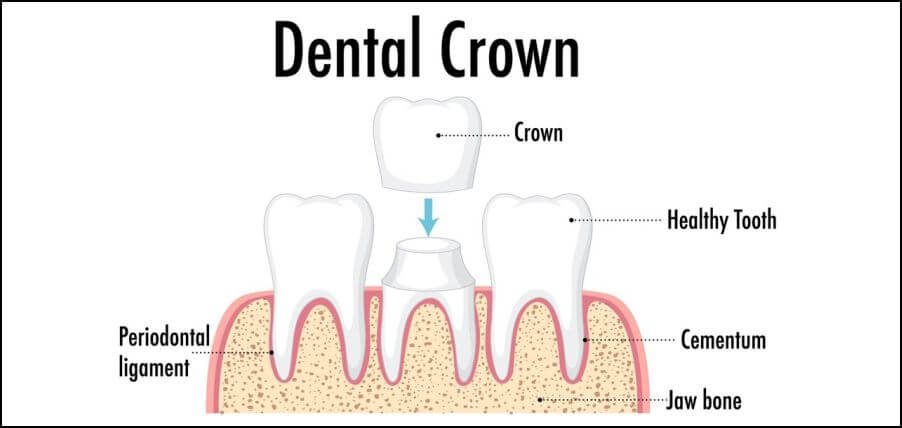Managing archive storage efficiently is crucial for keeping your documents organized and easily accessible. Whether you are handling personal files or managing archives for a business, implementing effective storage strategies can save you time, space, and frustration. Here are the top five tips to help you streamline your archive storage management.
1. Categorize and Label Everything
The first step in efficient archive storage is to categorize and label all your documents. Without a proper system, finding a specific document can feel like searching for a needle in a haystack.
How to Categorize
- By Date: Grouping documents by date is one of the most straightforward methods. You can sort them by year, quarter, or month. This method is especially useful for financial records and historical documents.
- Example: All documents from 2022 go into one folder, subdivided into months if necessary.
- By Type: Sorting by type means grouping similar documents together. For instance, keep all financial records in one category, correspondence in another, and project files in a third.
- Example: Create separate folders for invoices, contracts, and memos.
- By Relevance: This method involves prioritizing documents based on their importance or frequency of use. Frequently accessed documents should be more accessible, while less critical files can be stored in a secondary location.
- Example: Current project files are kept at your desk, while completed projects are archived.
Labeling Tips
- Use Clear, Legible Labels: Labels should be easy to read at a glance. Use large fonts, and avoid handwriting unless it is exceptionally neat.
- Example: Print labels using a label maker for uniformity and clarity.
- Color-Code Labels: Assign different colors to various categories to make identification quick and easy.
- Example: Use red for financial records, blue for correspondence, and green for project files.
- Include Essential Information: Each label should have key details such as dates, document type, and any other relevant information.
- Example: A label for a project file might read “Project ABC – 2022 – Completed.”
2. Utilize Digital Solutions
Incorporating digital storage solutions can significantly enhance your archive management. Digital archives reduce physical space needs and improve accessibility, making it easier to manage large volumes of documents.
Benefits of Digital Archives
- Space-saving: Digitizing your documents eliminates the need for bulky file cabinets and storage boxes. Digital files take up virtual space, which is limitless.
- Example: A single external hard drive can store thousands of documents.
- Searchable: Digital documents can be indexed and searched using keywords, saving time and effort when you need to find specific information.
- Example: Use a document management system that allows you to search for files by name, date, or content.
- Secure: Digital storage allows for multiple layers of security, such as encryption and password protection, ensuring that sensitive information remains confidential.
- Example: Encrypt files containing sensitive data and restrict access to authorized personnel only.
Implementing Digital Storage
- Scan Physical Documents: Use a high-quality scanner to convert paper documents into digital files. Ensure that scans are clear and readable.
- Example: Save scanned documents as PDFs for easy access and sharing.
- Organize Digital Folders: Create a structured folder system on your computer or cloud storage service that mirrors your physical filing system.
- Example: Create main folders for each category (e.g., Financial, Correspondence) and subfolders for specific years or projects.
- Use Cloud Storage: Cloud storage services like Google Drive, Dropbox, and OneDrive provide secure and accessible storage solutions that can be accessed from anywhere with an internet connection.
- Example: Store important documents in the cloud for easy access and backup.
- Regular Backups: To prevent data loss, regularly back up your digital archives. Use multiple backup methods, such as external hard drives and cloud storage.
- Example: Set up automatic backups to an external hard drive and a cloud storage service.
3. Implement a Retention Policy
A well-defined retention policy ensures you keep only what is necessary and dispose of outdated documents appropriately. This policy helps you manage the volume of stored documents and stay organized.
Creating a Retention Policy
- Determine Retention Periods: Based on legal, regulatory, and business requirements, establish how long each type of document should be kept.
- Example: Financial records might be kept for seven years, while routine correspondence may only need to be kept for one year.
- Schedule Regular Reviews: Set aside time periodically to review and purge documents that have reached the end of their retention period.
- Example: Conduct a yearly review in January to clear out documents from the previous year that are no longer needed.
- Compliance: Ensure that your retention policy complies with relevant laws and regulations. This is especially important for financial and legal documents.
- Example: Stay updated on record-keeping requirements for tax documents and employment records.
Benefits of a Retention Policy
- Reduces Clutter: By regularly purging outdated documents, you prevent the accumulation of unnecessary files, keeping your storage manageable.
- Example: Shred old tax documents that are no longer required by law.
- Increases Efficiency: With fewer documents to sift through, you can find what you need more quickly and easily.
- Example: Only current and relevant files remain in your active storage, making searches faster.
- Legal Protection: A proper retention policy ensures that necessary documents are retained for the required period, protecting you from legal issues.
- Example: Retain employment contracts for the legally required duration to comply with labor laws.
4. Optimize Physical Storage Space
Even with digital solutions, you may still need to store some physical documents. Optimizing your physical storage space can make a big difference in maintaining an organized archive.
Tips for Physical Storage
- Use Shelving Units: Sturdy shelving units can maximize vertical space and hold boxes, binders, and other storage containers.
- Example: Adjustable shelving allows you to customize the height of each shelf to accommodate different-sized boxes.
- Archive Boxes: Invest in high-quality, stackable archive boxes that are designed for long-term storage. These boxes protect documents from dust and damage.
- Example: Use acid-free boxes to store important documents that need to be preserved.
- Climate Control: Store documents in a climate-controlled environment to prevent damage from humidity, temperature fluctuations, and pests.
- Example: Keep your storage area cool and dry, and consider using a dehumidifier if necessary.
Organizing Physical Archives
- Accessibility: Arrange your storage so that frequently accessed documents are easy to reach. Store less frequently used documents in harder-to-reach places.
- Example: Place current project files at eye level and archive older files on higher or lower shelves.
- Protection: Use protective covers, such as plastic sleeves or binders, to protect delicate or valuable documents from dust and handling damage.
- Example: Store photographs and certificates in acid-free plastic sleeves.
- Inventory: Maintain a detailed inventory list of all stored items. This list should include the location of each document or box, making it easier to find what you need.
- Example: Keep an updated spreadsheet or database with the contents and location of each box.
5. Train and Involve Your Team
If you are managing archives in a business setting, it’s essential to train your team and involve them in the process. A collaborative effort ensures consistency and efficiency.
Training Tips
- Clear Guidelines: Provide clear and concise instructions on how to categorize, label, and store documents. Make sure everyone understands the system and their role in maintaining it.
- Example: Create a training manual or conduct workshops to educate your team on the archive management process.
- Regular Updates: Keep your team informed about any changes in the archive management system. Regular updates ensure everyone is on the same page and follows the same procedures.
- Example: Send out periodic emails or hold meetings to discuss any updates or improvements to the system.
- Accountability: Assign specific responsibilities to team members to ensure that everyone contributes to maintaining the archives. Hold individuals accountable for their assigned tasks.
- Example: Designate a team member to oversee the digital archive, another for physical storage, and another for regular reviews and purges.
Benefits of Team Involvement
- Consistency: A uniform approach to archive storage ensures that everyone follows the same procedures, leading to a more organized system.
- Example: Standardized labeling and categorization make it easier for anyone to locate documents.
- Engagement: Involving your team in the archive management process increases their investment and cooperation. They are more likely to take care of the system they helped create.
- Example: Encourage team members to provide feedback and suggestions for improving the archive management process.
- Efficiency: Distributing the workload among team members makes the process faster and more manageable. It prevents any one person from becoming overwhelmed.
- Example: Rotating responsibilities for regular reviews ensures that the task is manageable and consistently performed.
Conclusion
Efficient archive storage management is about creating a system that works for you and sticking to it. By categorizing and labeling documents, utilizing digital solutions, implementing a retention policy, optimizing physical storage space, and involving your team, you can keep your archives organized and accessible.
Remember, the key to successful archive storage is consistency and regular maintenance. Start implementing these tips today to streamline your archive storage and enjoy a clutter-free, efficient workspace.
Happy organizing!














